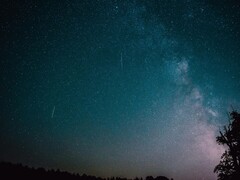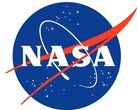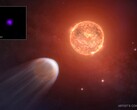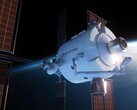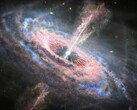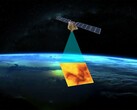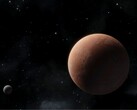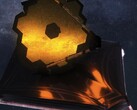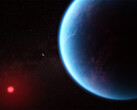Every summer, the night sky never ceases to offer a variety of breathtaking spectacles. And that's exactly what's in store this year, with three meteor showers not to be missed.
This means that many celestial objects are present in space. And sometimes they leave their mark on our skies, as was the case with this nova 600 years ago. So, during this summer, if you look up at certain times, you'll be able to see many meteors splitting our atmosphere. And the first shooting star shower will take place from July 29 to 30 at its peak.
Named Alpha Capricornids and caused by comet 169P/NEAT, according to the American Meteor Society (AMS), more than five meteors per hour will be observable at its peak. If this number doesn't seem like much to you, the spectacle is breathtaking, as fireballs can sometimes appear in the night sky.
The second event, called the Delta Aquariids, will be more visible in the southern hemisphere. Although more difficult to observe, 25 meteors per hour are expected at its peak. And according to NASA, the best time to observe this shower of shooting stars is early morning, when the sky is at its darkest and the observation zone is higher than the horizon. The source of this event is comet 96P/Machholz, which circles the Sun every 5.2 years, leaving a trail of debris behind it through which the Earth passes. Peak activity is between July 28 and July 29.
Last but not least, the most popular event is the Perseids. With a peak between August 12 and 13, more than 100 meteors per hour can be observed. But if this is a unique moment, a full moon could spoil it all.
According to the AMS, it is expected to be 84% full, and its brightness could reduce visibility by as much as 75%. Of course, you'll still be able to look up at the sky at this time, but you'll mainly see the biggest, and therefore brightest, meteors. It's also worth noting that you'll need to pay close attention to the weather, because if the sky is cloudy, your observation may be spoiled.




